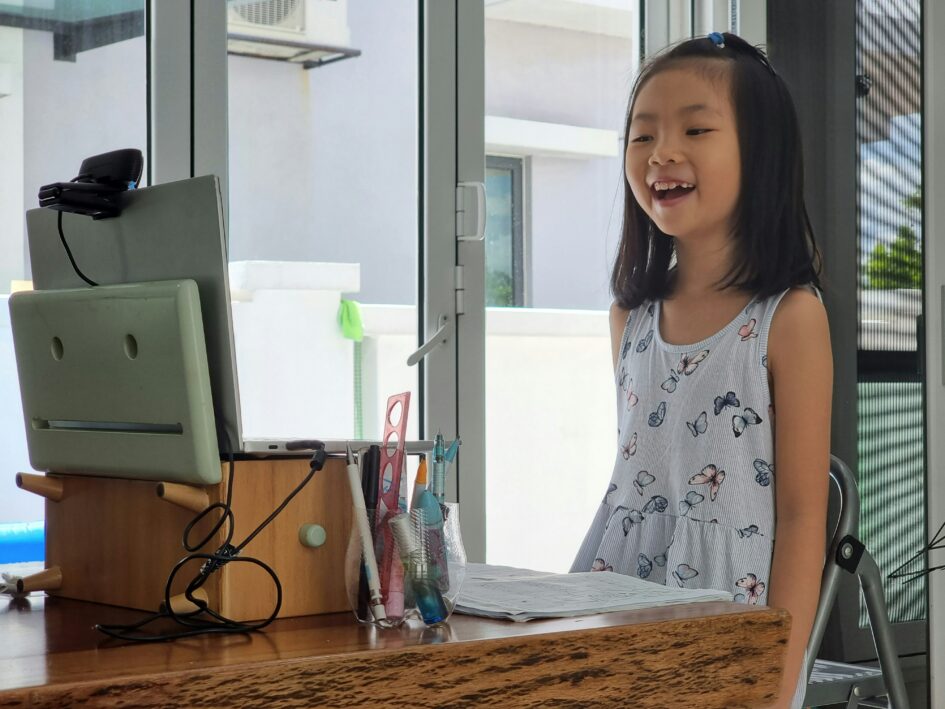Introduction to Open Education
Open education simply means sharing education openly. In other words, it refers to making education more accessible. This is important in today’s learning environment for the following reasons:
- Reduces Learning Barriers
- Open education helps to reduce several learning barriers such as cost and location. Open education permits those who may struggle with money and those who may be on the other side of the world to join in on the learning. For example, there are so many free platforms, open to students worldwide. My personal favourite is Khan Academy. I like to watch their videos when I need additional help understanding a certain topic.
- Promotes Continuous Learning
- As open education is accessible to anyone, learning can happen at any stage in life. This promotes continuous lifelong learning. In other words, you do not need to be enrolled at a school or in a program, there are platforms out there available to anyone.
- Supports Diverse Learning Styles
- Open education provides individuals with a variety of choice regarding their learning, such as different modes of delivery, like readings, videos, and audio clips. This helps students with different learning needs or preferences, as they can find what best works for them. For me personally, I learn best with through audio and visuals so videos are my personal favourite mode of delivery.

Understanding Open Pedagogy:
Open pedagogy refers to using open educational resources (OER) and the principles of sharing and collaboration to further learning. The emphasis on collaboration makes it quite significant in modern education as “students become co-creators of knowledge,” which has an effect on the relationship between educator and student (Hegarty, 2015). As students are active participants in their learning through open pedagogy, the relationship between them and their teacher changes to become a two-way interaction, instead of a one-way interaction, where the teacher is lecturing at the student, and the student sits quietly taking it all in. This new relationship encourages deeper thinking, creativity, dependence, and lifelong learning for the student.
The Roles of OERs:
Open educational resources (OERs) are free learning materials that are licensed so that anyone can use, revise, and share them. Materials include textbooks, lesson plans, activity templates, videos, course modules, and more. OERs have a positive impacts on students engagement and academic success. Gosa, sates that a meta analysis done in 2016 shows that “students that have courses with OER do as well or better than courses with traditional commercial textbook uses” (2019). More specifically, the benefits of OER are as follows:
- More control over materials so that teachers can better suit the needs of their students
- Increased accessibility for students
- A wide variety of differing types of materials available
- Not only can users use the materials, but they can revise them and share them
Open Licensing Explained:
Open licensing is a legal framework that allows users to use material however they want. They can use the material, modify the material, and distribute the material. However, as you can see in the picture below, from Gosa’s TedTalk, there are other licenses similar, but less open. The more symbols, the less open the license. The basic open licence that allows users to do whatever they want is the first one at the top. They then start to become more complicated and less open as they go down, with the first disabling users from modifying material, the second disabling users from sharing without a license and the last disabling users from using the material for commercial use.

Importance of Open Licensing
- Keeps learning ethical
- As Gosa mentioned, many students will find their textbooks online regardless, as a pdf, which is not legal without a license.
- Material is adaptable
- With open licenses, educators can find material then modify it to fit the needs and level of their students.
- Promotes equal learning opportunities
- Open licenses allow everyone to have access to the same material in an equal manner. Users do not have to pay the crazy amounts they would have for textbooks.
- Promotes collaboration
- As open licenses allow modification and distribution, educators can work to modify material with others and then share with others as well.
- Wider variety of resources
- Open licenses allows individuals to explore and use more resources as their are no barriers stopping them from doing so.
Challenges and Solutions of Implementing Open Pedagogy + OER:
| Challenge | Solution |
| Quality concern | According to Gosa, this is a common challenge with OERs (2019). Many people feel hesitant, however peer revisions help ensure the quality of resources. Additionally, resources can continually be modified by educators and specialists to ensure they are accurate and up to date. |
| Lack of face-to-face interaction | Use tools to facilitate real-time interactions, such as zoom to imitate face-to-face interactions. Additionally, adding interactive elements to courses, such as discussions and group projects will help maintain engagement and help students from feeling lost and disconnected. |
| Technology issues | Provide instructions and training for educators to ensure they face no technological issues. |
| Awareness of OERs | Teach educators what open pedagogy and OER is either by integrating it into the curriculum or spreading the news via social media and webinars. |
| Lack of effort to adopt OERs | Begin by slowly integrating it along traditional teaching methods in class. This will help educators understand how it works and how simple it can be, enabling a smoother transition. |
References
Hegarty, B. (2015). Attributes of Open Pedagogy: A Model for Using Open Educational Resources. Educational Technology, 55(4), 3–13. http://www.jstor.org/stable/44430383
TEDx Talks. (2019). OER | Katie Gosa | TEDxUTA. Retrieved from https://www.youtube.com/watch?v=dUgqdSOD9bg
Proudly powered by WordPress

Leave a Reply